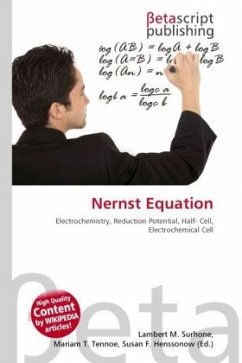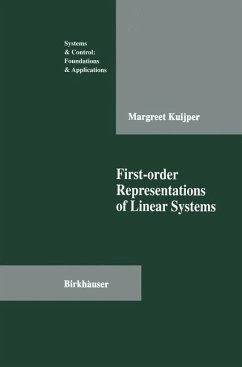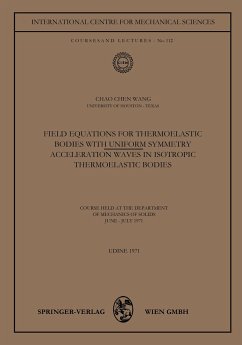
Justification for the Schrödinger Equation
Versandkostenfrei!
Versandfertig in 6-10 Tagen
39,99 €
inkl. MwSt.

PAYBACK Punkte
20 °P sammeln!
High Quality Content by WIKIPEDIA articles! The theoretical and experimental justification for the Schrödinger equation motivates the discovery of the Schrödinger equation, the equation that describes the dynamics of nonrelativistic particles. The motivation uses photons, which are relativistic particles with dynamics determined by Maxwell's equations, as an analogue for all types of particles.The quantum particle of light is called a photon. Light has both a wave-like and a particle-like nature. In other words, light can appear to be made of photons (particles) in some experiments and light...
High Quality Content by WIKIPEDIA articles! The theoretical and experimental justification for the Schrödinger equation motivates the discovery of the Schrödinger equation, the equation that describes the dynamics of nonrelativistic particles. The motivation uses photons, which are relativistic particles with dynamics determined by Maxwell's equations, as an analogue for all types of particles.The quantum particle of light is called a photon. Light has both a wave-like and a particle-like nature. In other words, light can appear to be made of photons (particles) in some experiments and light can act like waves in other experiments. The dynamics of classical electromagnetic waves are completely determined by Maxwell's equations, the classical description of electrodynamics.












